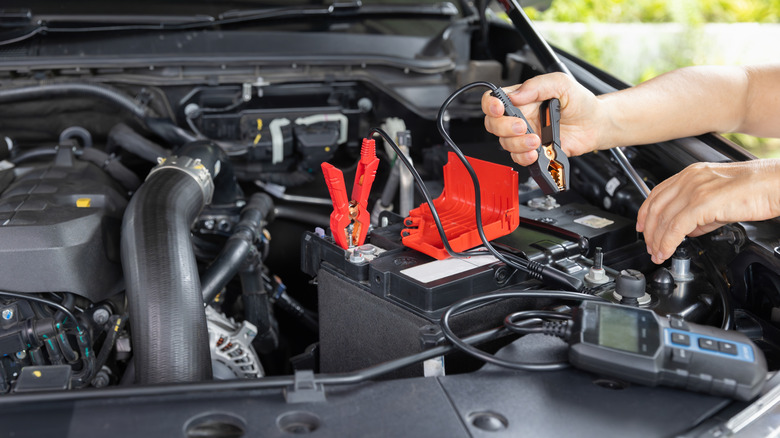What Are The Most Common Problems When An AGM Battery Is Bad?
AGM (Absorbent Glass Mat) batteries, known for their longevity, low maintenance requirements, and capacity to deal with deep discharges, have emerged as the go-to choice for contemporary automobiles and other applications like solar. Like all battery types, AGM batteries can have their share of problems, though, particularly if they are not properly maintained or as they age.
The symptoms of a bad AGM battery aren't always dramatic, but they can be persistent. Common issues include poor charge retention, inability to charge fully, and swelling or warping of the battery case. Because AGM batteries are sealed and designed to be spill-proof, some of the visual cues associated with failing traditional lead-acid batteries, like low fluid levels, won't apply. Instead, there are more subtle issues, which are the red flags to watch for.
Diagnosing a faulty AGM battery requires more than a quick voltage test. Users should perform a capacity and temperature test or consult a battery monitoring system to confirm whether the unit is truly failing. Catching problems early is essential, especially since AGM batteries can appear charged but still fail to deliver power under load — a trait that can confuse even seasoned DIYers.
Trouble holding a charge and failing to fully charge
One of the earliest signs of trouble in an AGM battery is a consistent inability to hold a charge. This may present as the vehicle struggling to start, dimming headlights, or electronics acting unpredictably. AGM batteries are designed to deliver a stable current over longer periods, but when their internal plates degrade or suffer sulfation, the battery loses capacity and efficiency.
Another major red flag, especially in solar or off-grid systems, is a battery that never quite gets fully charged. This could result from sulfation, the accumulation of lead sulfate crystals, compromising the capacity of the battery to absorb and retain energy. The actual capacity may be much lower, even if a battery seems to be charging normally by voltage alone. Along with reducing battery life, this strains other system components trying to offset the lost energy.
Many times, consumers mistakenly believe the battery itself is the cause when a charger or solar panel is actually the problem. To prevent long-term damage, AGM units demand careful charging using the proper voltage settings and controllers. Early diagnosis and correct maintenance are critical for extending battery life since repeated undercharging/overcharging or using an incompatible charger can cause irreversible capacity loss over time.
Heat-related problems and physical damage can point to failure
Unlike conventional batteries that might leak fluid as they degrade, AGM batteries are sealed—that is, they run on internal pressure. The battery may bulge or warp when this seal is compromised, say by physical damage or high internal pressure from overcharging. This is not only cosmetic; a swollen AGM battery should be replaced right away, as it actually causes a real safety risk.
Another frequent foe of AGM battery performance is too much heat. Operating or storing AGM batteries in high-heat conditions can dry out the electrolyte absorbed in the glass mats, consequently reducing capacity and hastening degradation. Although the mats in AGM batteries are also designed to cushion against knocks and vibrations, if it is too extreme or it's been improperly mounted, it can lead to internal plate separation, thus compromising conductivity and resulting in irreversible damage over time.
In solar applications, improper storage or leaving a battery discharged during cold months can also introduce problems like sulfation or freezing, though AGMs are generally more resilient than flooded cells. If a battery keeps dying and repeatedly fails to reach full charge, cannot hold a charge, or shows signs of case damage, replacement is often the only safe and practical solution.


